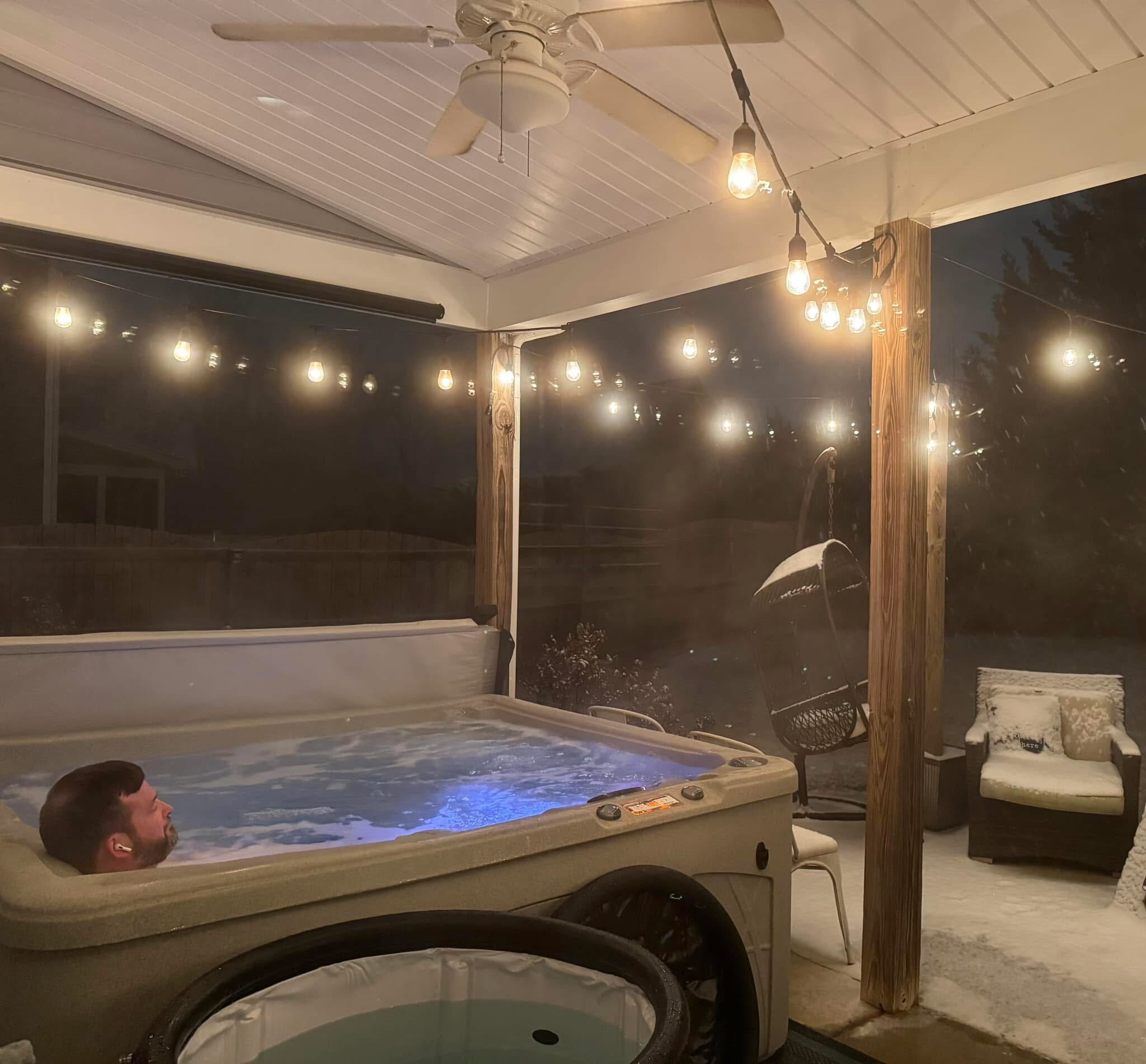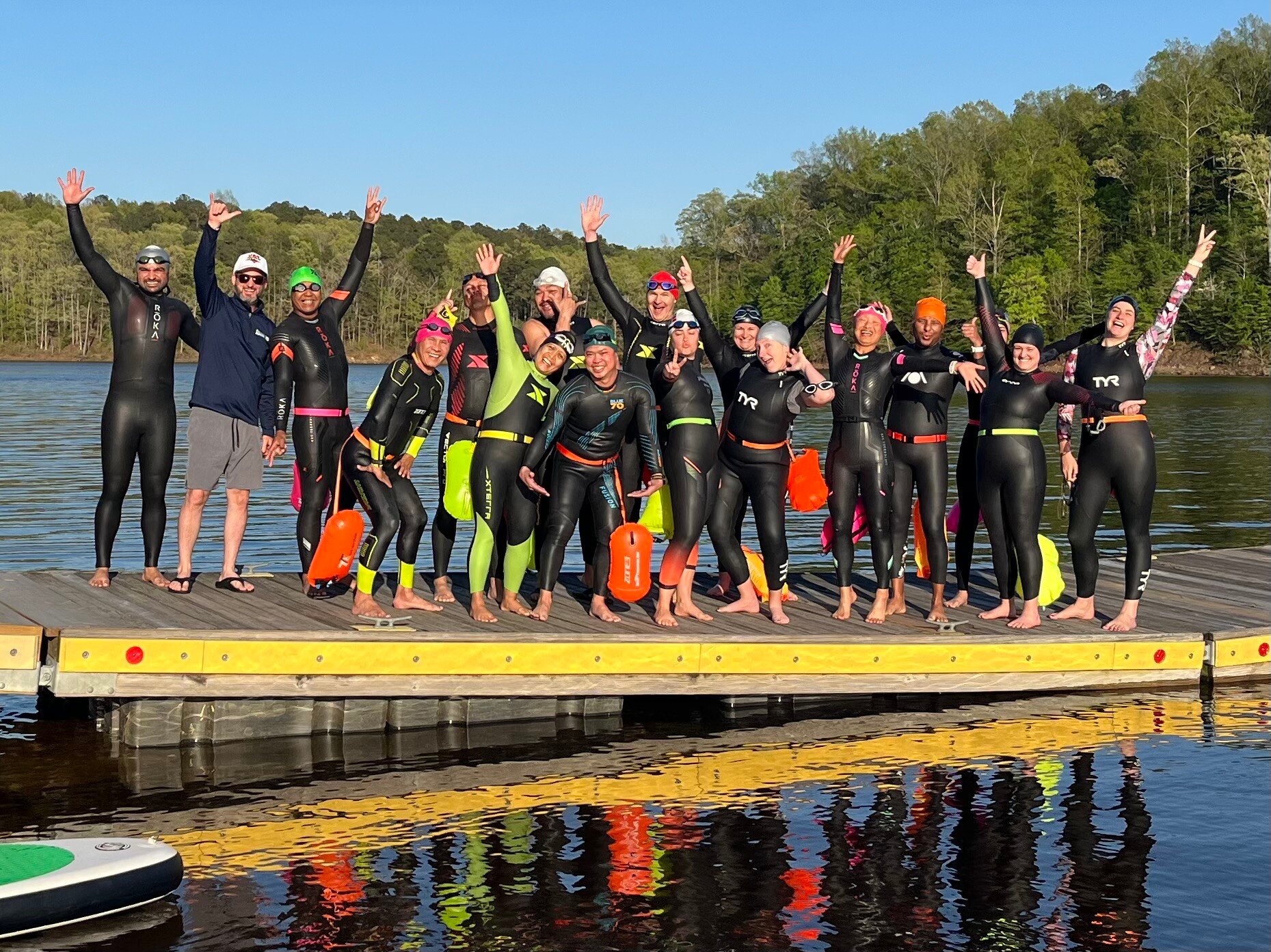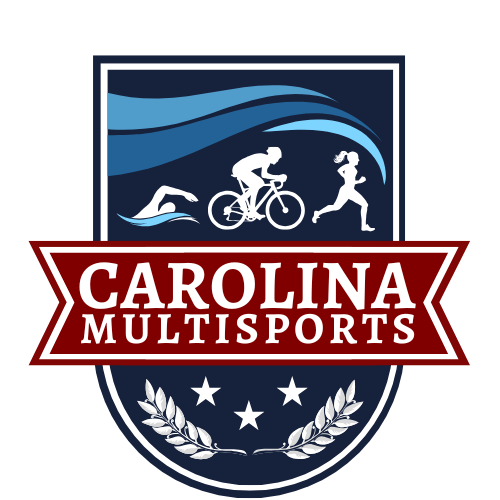Hot Tubs, Ice Baths, or a Little Bit of Both: What’s all the hype?
We don’t get a lot of snow around here, (Raleigh, NC) but when we do, it’s always a treat. I took the opportunity recently to enjoy the gently falling snow from my hot tub—and my ice tub.
As endurance athletes, we constantly push our body to their limits. Whether you’re gearing up for a triathlon, a major cycling event, or marathon, recovery is vital for helping your body adjust to the demands of each session and preventing injuries. Hydrotherapy as a recovery method has been attracting more interest recently in the fitness community.
You might be wondering, "Are these methods truly effective?" I’ll give you my observations and explore the potential benefits these recovery techniques offer.
The Warm Relaxation of Hot Tubs
After a grueling workout, few things feel better than sinking into a warm hot tub. Beyond providing comfort, hot tubs can offer several recovery benefits for athletes:
-
Improved Circulation: The heat from the water helps dilate blood vessels, increasing circulation. This can aid in delivering essential nutrients to tired muscles while flushing out metabolic waste, potentially speeding up recovery.
-
Muscle Relaxation: The soothing warmth helps to relax tense muscles, reducing stiffness and alleviating muscle soreness. This can be particularly beneficial for endurance athletes who are prone to muscle fatigue.
-
Stress Relief: Let's not forget the mental benefits. Spending time in a hot tub can reduce stress and promote relaxation, which is vital for overall well-being and maintaining focus during training.
- Improved Sleep: The reduction of stress and tension makes it easier to fall asleep and enjoy a more restful night.
After a workout, stepping into a hot tub demands careful consideration. You’ve likely lost a significant amount of fluids through sweating, making hydration essential. The heat can further exacerbate dehydration. Be mindful of the temperature settings, as your core body temperature is already elevated post-exercise. Excessively hot water can lead to overheating or even fainting. Additionally, ensure the hot tub is clean to prevent skin infections or other health concerns. For instance, if you’ve just finished a ride, any chafing or ingrown hairs could become infected, causing discomfort, potentially disrupting your training routine.
It's important to remember that a falling body temperature is a signal to the body to start increasing sleep pressure. Hot tubs raise your core body temp. Therefore, try to schedule your use of a hot tub no later than 1-2 before bed. The subsequent drop in core body temperature signals your body that it's time to wind down, promoting the onset of sleep.

The Icy Invigoration of Cold Plunges
For those who can brave the chill, ice baths offer a different set of recovery benefits:
-
Reduced Inflammation: The cold temperature constricts blood vessels and decreases metabolic activity, which can significantly reduce inflammation and swelling, especially after intense physical exertion.
-
Pain Alleviation: The numbing effect of cold water can temporarily block pain signals to the brain, providing relief from sore muscles and minor injuries.
-
Enhanced Recovery: Ice baths can quicken recovery time by reducing muscle soreness, allowing athletes to potentially return to training sooner and with less discomfort.
The Mayo Clinic suggests that cold plunges are most beneficial when the water temperature is 50 degrees or colder. Sessions can be continuous or several shorter sessions with breaks in between. To begin, start with 30 seconds to 1 minute intervals and build up to 10 minute or more intervals as desired. Research is still unclear about the timing and duration that’s most beneficial so pay attention to your results and adjust as needed.
While cold plunges can be invigorating and beneficial for many, they should be approached with a sense of caution and awareness. First, it is essential to acclimate gradually, starting with shorter durations and warmer temperatures. Your body will acclimate over time allowing more exposure to colder temperatures and longer durations. Second, the sudden exposure to cold/icy water can be a shock to the system, potentially leading to hyperventilation or an increased heart rate, which may pose risks for individuals with cardiovascular issues. Consulting with a healthcare professional before incorporating cold plunges into your routine is advisable, especially for those with pre-existing health conditions. Listening to your body is key; if you feel uncomfortable, it's best to exit the water. Finally, always ensure a safe environment, with someone nearby to assist if needed.
The Best of Both Worlds: Contrast Therapy
Interestingly, alternating between hot and cold treatments, known as contrast therapy, might combine the benefits of both. This method was introduced to me a few years ago by Dr. Evan Kahn of North State Sport and Spine of Holly Springs. This method involves switching between hot tubs and ice baths, remaining in each for a few minutes at a time.
-
Vascular Workout: Alternating temperatures can create a "pump" effect, where blood vessels dilate in hot water and constrict in cold water. This cycle can enhance blood flow and improve circulation efficiency.
- Targeted Circulation: The rhythmic expansion and contraction can effectively target areas that are typically difficult to reach, like the dense connective tissues of fascia and the intricate structures of joints.
-
Balanced Recovery: By addressing both inflammation and muscle relaxation, contrast therapy can provide a more comprehensive recovery experience. It's like giving your body a gentle workout to help it recover from the intense ones.
-
Mental Toughness: Let’s face it, plunging into icy water takes some grit. Over time, this practice can build mental resilience as a holistic path to wellness, an often-overlooked aspect of endurance training.
The Wrap Up
No hot tub or ice bath? No problem! You can easily turn your bathroom into a personal spa haven. By switching between hot and cold showers or filling your bathtub with warm or cold water, you can replicate the refreshing effects of hot tubs and ice baths. While not miracle solutions, hot tubs and ice baths present intriguing options for those looking to enhance recovery.
Whether you enjoy the soothing warmth of a hot tub, the invigorating chill of an ice bath, or the combination of both, these techniques offer valuable benefits for endurance athletes seeking smarter recovery strategies.
As with any recovery approach, it's crucial to pay attention to your body's signals and consult a healthcare professional if you have any health concerns. So, after your next intense workout, consider exploring the realm of thermal recovery and discover how it can elevate your athletic journey.





